A species of freshwater snail in South America has just been discovered that has the ability to regrow complete eyes after being removed.
This special ability of the golden apple snail (Pomacea canaliculata) was announced by the research team of biologist Alice Accorsi on August 6 in the journal Nature Communications, opening up a new direction in the treatment of eye diseases and injuries in humans.
The new eye can grow back in less than a month, but it takes about three months to fully connect with the brain and restore vision, said Accorsi, who now works at the University of California, Davis.
“Humans cannot regenerate damaged parts of the eye, let alone regrow an entire eye,” said Professor Alejandro Sánchez Alvarado of the Stowers Institute, who supervised Accorsi.
What’s special is that the snail’s eyes have a “camera”-like structure – including the cornea, lens, and retina – similar to the human eye. In addition, both snails and humans use the same genes to form their eyes, including the PAX6 gene.
When the team disabled the gene using CRISPR/Cas9, the snails failed to develop eyes and were barely able to move or feed, although they survived if fed. This suggests that PAX6 may also play an important role in neural development.
This is also the first time scientists have been able to create a genetically modified snail strain for research in a short period of time - just a few years, instead of decades as usual.
While human eye regeneration is still a long way off, researchers believe the golden apple snail could help reveal underlying biological mechanisms.
Ophthalmologist Henry Klassen (University of California, Irvine) said the finding was a welcome sign: “At least we can start asking: What’s the problem? Are humans following a similar path, and are there genes that interfere or block that regeneration?”
The secret may lie in “molecular switches”—mechanisms that control when and where genes are activated—Accorsi said. It’s possible that humans have such switches but don’t know how to use them, or perhaps humans don’t have them at all.
Professor Sánchez Alvarado likened: “The problem is to understand the music of snail regeneration, and then translate that music. The orchestra is the same - the genes - but you need to find the right conductor.”./.
Source: https://www.vietnamplus.vn/oc-buou-vang-moc-lai-mat-mo-ra-hy-vong-phuc-hoi-thi-luc-cho-con-nguoi-post1054664.vnp








![[Photo] General Secretary To Lam attends the 80th anniversary of Vietnam's diplomacy](https://vphoto.vietnam.vn/thumb/1200x675/vietnam/resource/IMAGE/2025/8/25/3dc715efdbf74937b6fe8072bac5cb30)




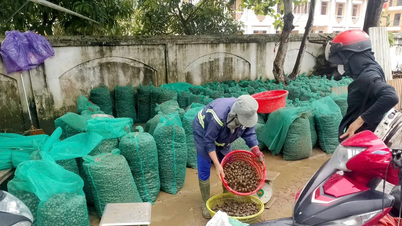












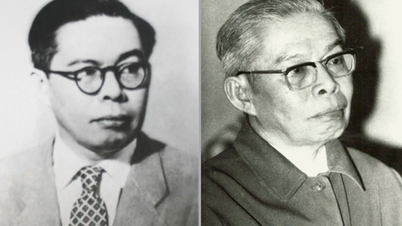
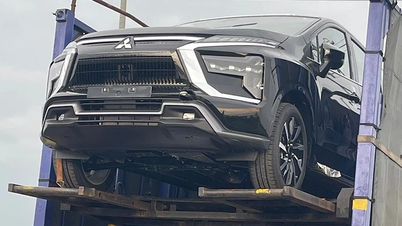






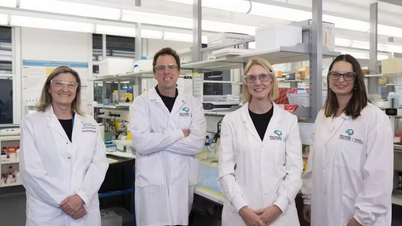
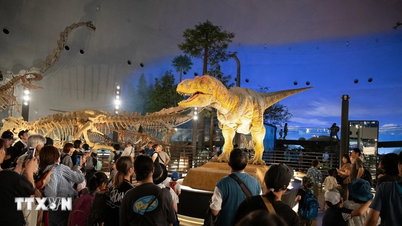










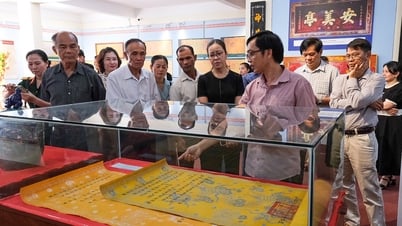











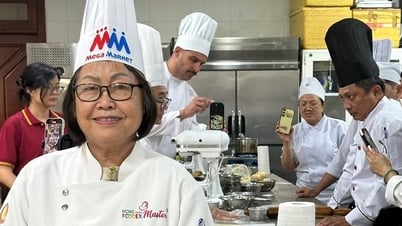

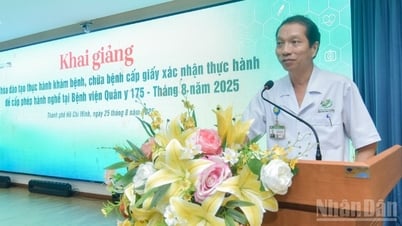








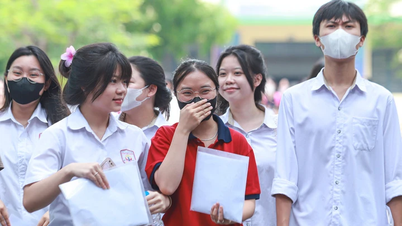


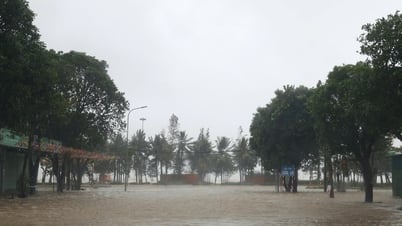






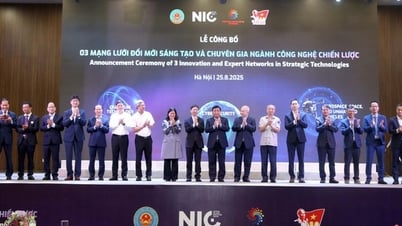

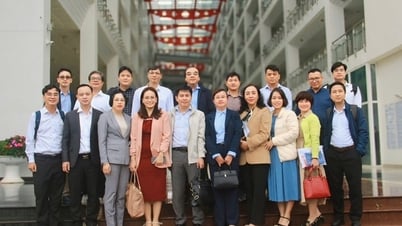


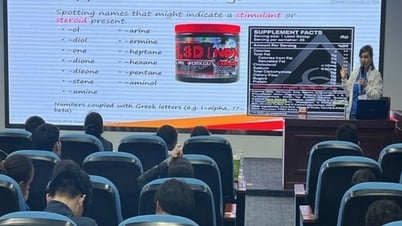


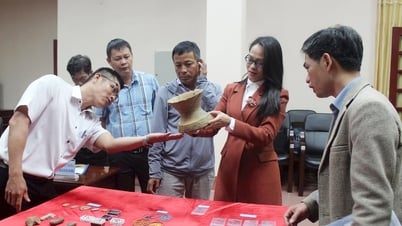



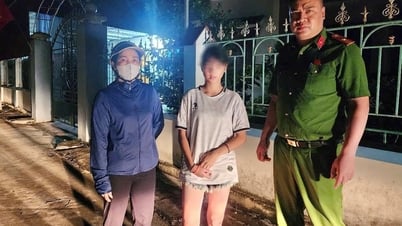









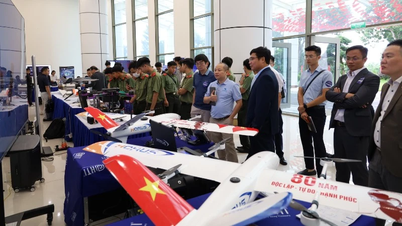


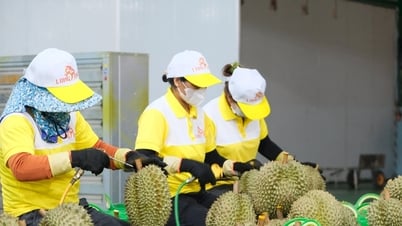





Comment (0)